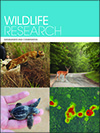
Wildlife Research
Volume 50 Number 4 2023
Special IssueHuman–wildlife interactions
WR22032The fox in the box: acoustic deterrent and simulated predator disturbance to reduce problematic bird accumulations
 , William O’Shea, Ross N. Cuthbert, Thomas C. Kelly, Neil Mitham and Jeremy Nicholson
, William O’Shea, Ross N. Cuthbert, Thomas C. Kelly, Neil Mitham and Jeremy Nicholson
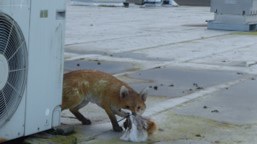
Collisions between birds and aircraft are a serious threat to aviation safety. This study aimed to assess the effectiveness of an acoustic deterrent (sonic net) and simulated predator disturbance (fox effigy) to reduce bird accumulations near and on airfields, and showed that bird abundances can be reduced at problematic foraging and roosting sites. The examined technology can complement other non-lethal control methods to improve airfield wildlife management. Photograph by Jeremy Nicholson.
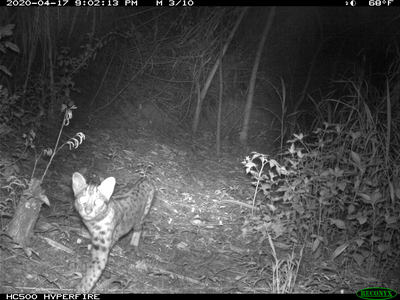
Conservation performance payment (CPP) has recently been introduced for Taiwan’s leopard cat, a small felid that suffers from anthropogenic mortality. We assessed whether CPP is likely to change attitudes towards this species and found that CPP can promote leopard cat conservation. On the basis of our findings, we provide suggestions on how to design effective CPP schemes that benefit biodiversity conservation. Photograph by Institute of Wildlife Conservation, Pingtung University.
WR22004Short-term response of research activities on white shark behaviour
 , Brett Simes, Andrew Fox, Andrew Wright, Matt Waller, Madeline Riley, Lauren Meyer, Michael Drew, Hugh Pederson and Charlie Huveneers
, Brett Simes, Andrew Fox, Andrew Wright, Matt Waller, Madeline Riley, Lauren Meyer, Michael Drew, Hugh Pederson and Charlie Huveneers
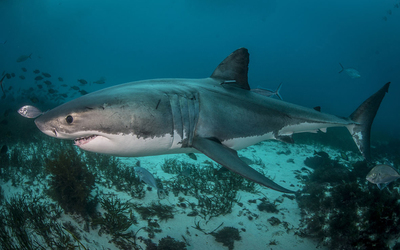
Researchers studying animals, particularly threatened or protected species, must ensure their activities are as harmless and non-disruptive as possible. We evaluated changes in white shark residency following three types of research activities and found evidence that none of them might have negatively affected these animals. Similar assessments should be performed when working with other species to ensure best practice and abide by codes for the care and use of animals. Photograph by Andrew Fox.
WR22004 Abstract | WR22004 Full Text | WR22004PDF (2.1 MB) | WR22004Supplementary Material (2.2 MB) Open Access Article
WR22079Abundance, demography, and harvesting of water snakes from agricultural landscapes in West Java, Indonesia

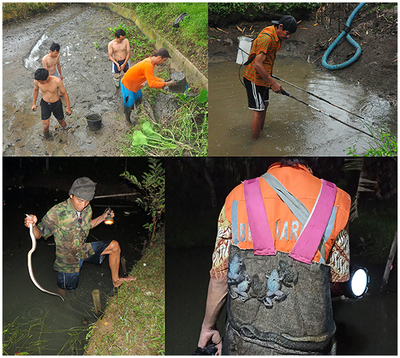
Millions of water snakes are captured and killed for trade in Indonesia each year, questioning the sustainability of this offtake. We surveyed for snakes in highly modified agricultural landscapes on the island of Java and showed that water snakes remain exceptionally abundant despite harvesting. Our study showed that whereas habitat changes affect many species, other species are likely to increase their abundance in these resource-rich landscapes. Photographs by Ramdani Manurung.
WR22086Reproductive biology of the rainbow mudsnake (Enhydris enhydris) in West Java, Indonesia
 , Slamet Priambada, Alamsyah Elang Nusa Herlambang, Evy Arida, Awal Riyanto, Mumpuni, Richard Shine and Daniel J. D. Natusch
, Slamet Priambada, Alamsyah Elang Nusa Herlambang, Evy Arida, Awal Riyanto, Mumpuni, Richard Shine and Daniel J. D. Natusch 
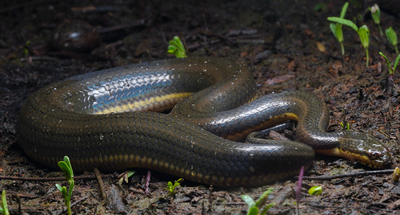
Thousands of rainbow mudsnakes are captured and killed for trade in Indonesia each year, questioning the sustainability of this offtake. We examined the reproductive biology of Enhydris enhydris collected from disturbed landscapes in West Java. Collected snakes are mostly adults, quick to mature, reproduce frequently and have large litters. These traits render this species resilient to intensive harvesting. Photograph by Alamsyah Elang Nusa Herlambang.
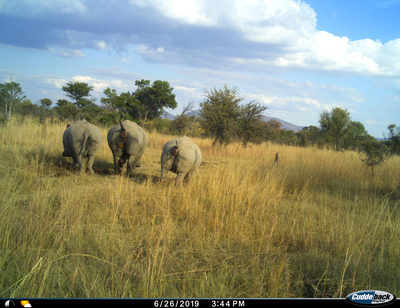
The conservation of large African mammals in small protected areas might come at a physiological cost. This study investigated the effects of poaching pressure, protected area size (<500 km2), season and rainfall on white rhinos’ physiological condition. We found that elevated adrenocortical activity was associated with smaller protected areas and the dry season. We recommend careful consideration of density of white rhinos and other large mammals in small protected areas. Photograph by Zoliswa N. Nhleko.
WR21166Livestock depredation by wild carnivores in the highlands of Wolaita zone, southern Ethiopia
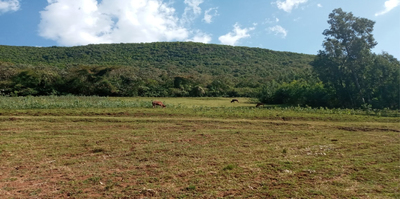
Livestock depredation by carnivores is a major conservation challenge around the world, causing substantial economic losses of people living around protected areas. This study aimed to assess livestock depredation by carnivore in the highlands of Wolaita, southern Ethiopia, and results showed that most losses occurred mainly during the night-time and dry season. We make recommendations for how to minimise human–carnivore conflicts by adjusting livestock guarding time and seasonality. Photograph by Yigrem Deneke.
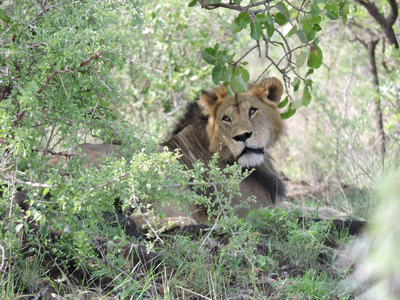
Retaliatory killing of lions is a threat to African lion (Panthera leo) populations. Our study took place in the Tsavo–Amboseli ecosystem, Kenya, assessing lion diet and cattle depredation. The most common species consumed by lions were cattle, whereas lag rainfall was an important predictor of cattle depredation. The findings provide opportunities to develop proactive husbandry interventions to reduce cattle depredations. Photograph by Iain Olivier.



